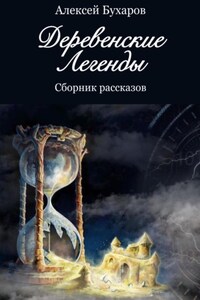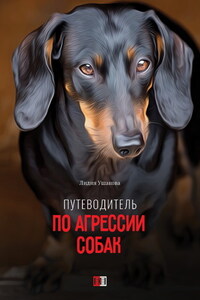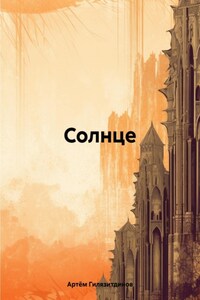The insects described in this book belong to 15 orders, each of which is briefly described here. Each one has a small symbol depicting the typical shape and appearance of its members, although some of the larger orders contain insects of very varied appearance. Comparing the symbols with insects that you find will enable you to place the insects in their correct orders. By turning to the appropriate section in the body of the book, you may be able to identify your specimens. Alternatively, you can use the photographs to track down your insects and then turn to this contents key to find out more about the groups to which they belong.
Cover
Title Page
Introduction
Bristletail Order (Thysanura)
Small, totally wingless, scavenging insects clothed with shiny scales and having three slender filaments at the rear. They live mainly in moss and debris out of doors but some live in houses.
Mayfly Order (Ephemeroptera)
Flimsy insects with minute antennae, one or two pairs of wings, and two or three slender filaments at the rear. The nymphs live in water and the adults, which do not feed, rarely fly far from it.
Dragonfly Order (Odonata)
Long-bodied insects with very short antennae, large eyes, and two pairs of wings with an intricate network of veins. The nymphs live in water. Damselflies and demoiselles are slender, weak-flying species that usually pluck small insects from waterside vegetation. They fold their wings together above the body at rest. True dragonflies are stouter and faster and catch insects in midair. Their wings are spread flat at rest.
Stonefly Order (Plecoptera)
Soft-bodied, weak-flying, mostly brown insects rarely found far from the water in which the nymphs develop. The wings are folded flat or rolled around the body at rest. Some species have two long filaments at the rear. Adults may nibble algae and pollen, but most do not feed at all.
Grasshopper Order (Orthoptera)
Mostly sturdy insects with long hind legs that are normally modified for jumping. There are usually two pairs of wings, folded over the top and sides of the body at rest, but many species are wingless or have very small wings. The pronotum is large and usually saddle-shaped. Female crickets have a blade-like or needle-like ovipositor. Grasshoppers are vegetarians, but many crickets are omnivorous or carnivorous. The males of many species ‘sing’ by rubbing one part of the body against another.
Stick Insects (Order Phasmida)
Slender, green or brown, twig-like leaf-eating insects. The few European species, confined mainly to the south, are wingless.
Earwig Order (Dermaptera)
Small, brownish, omnivorous scavengers with sturdy pincers at the rear. Male pincers are usually strongly curved but female pincers are straighter and more slender. The forewings, if present, are in the form of short leathery flaps, leaving the abdomen exposed. The hindwings, if present, are elaborately folded under the forewings, but the insects rarely fly. The nymphs resemble the adults but have very slender pincers.
Cockroach Order (Dictyoptera)
Flattened insects with long, spiky legs. Most have leathery forewings, laid flat over the body at rest. The cockroaches are largely nocturnal scavengers, with a broad, shield-like pronotum covering most of the head. The order also contains the predatory mantids, which have an elongated pronotum and enlarged front legs for grasping other insects. The eggs are always enclosed in some kind of case. Many mantids lay their eggs in a mass of foam that hardens into a tough, fibrous covering.
Bug Order (Hemiptera)
Members of this large order range from tiny aphids and scale insects to giant water bugs and cicadas. The only thing they all have in common is a sharp needle-like beak adapted for piercing and sucking the juices of plants or other animals. Their wings, if present, may be leathery or membranous. Members of the sub-order Heteroptera are commonly confused with beetles, but are easily distinguished by their beaks and by the membranous tips of their overlapping forewings.
Lacewing Order (Neuroptera)
Mostly delicate brown or green insects whose wings, usually folded roof-like over the body at rest, have a dense network of veins. Flight is generally weak. Adults and larvae are all basically carnivorous. Many are voracious predators of aphids.
Scorpion Fly Order (Mecoptera)
Most members of this small order have rather narrow, spotted wings. The males of most species have an up-turned abdomen reminiscent of that of a scorpion, although the insects are harmless scavengers. The most characteristic feature is the downward extension of the head into a stout beak with jaws at the end.
Beetle Order (Coleoptera)
The largest of all the insect orders, with over 20,000 European species. They vary enormously, but generally have horny forewings, called elytra, that meet in a straight line down the middle of the back. The hindwings, if present, are membranous and folded away under the elytra. The pronotum is large and, apart from a small triangular scutellum, is the only part of the thorax visible from above. Beetles have biting jaws and feed on a wide range of plant and animal materials.











